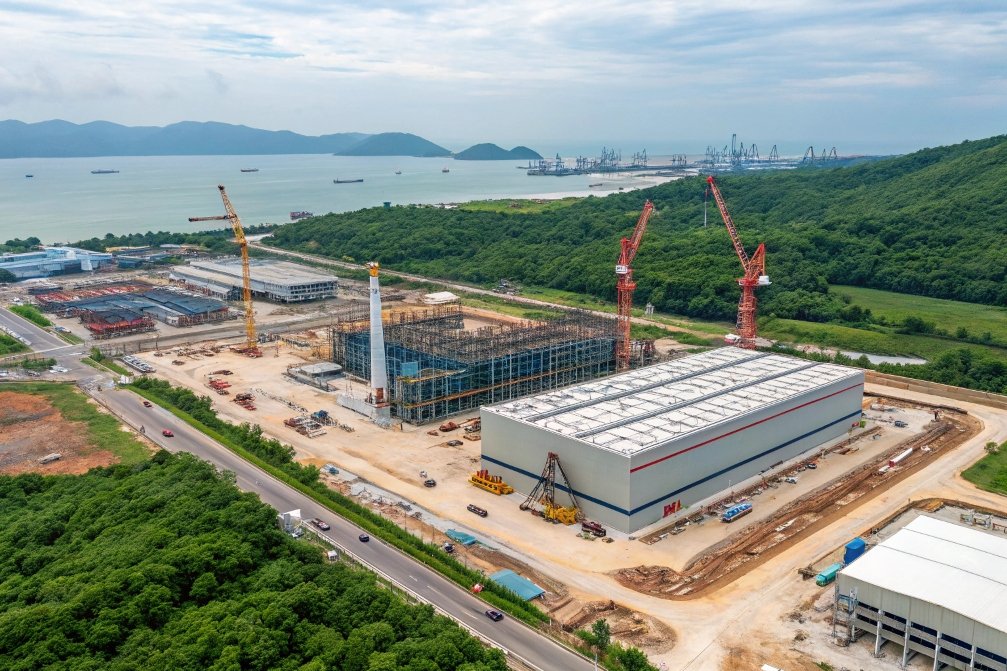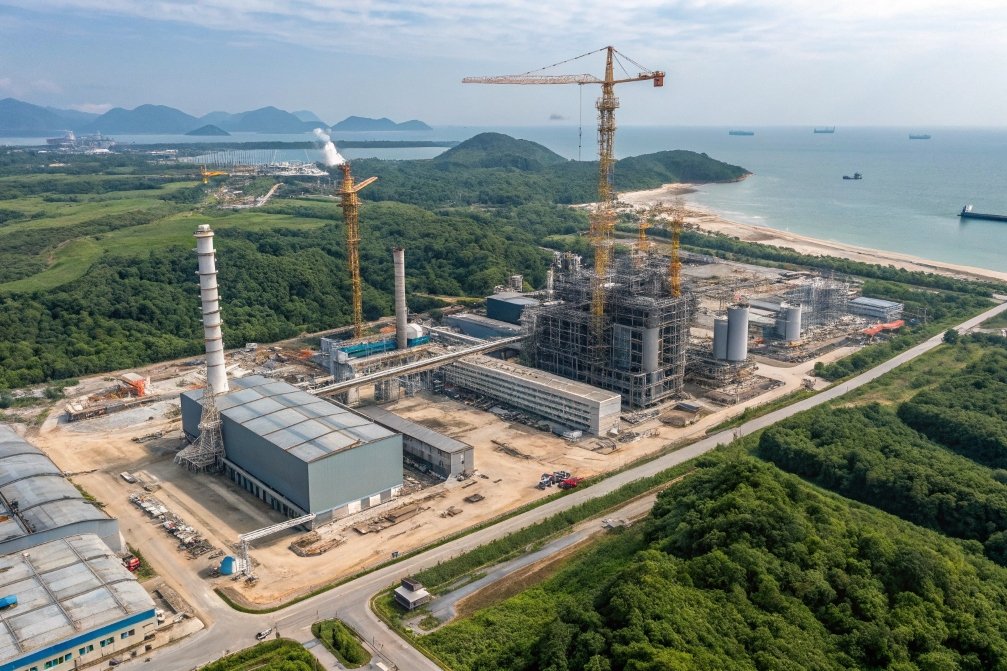
When considering a long-term investment1 like building a factory or setting up a joint venture in Vietnam, it’s essential to carefully evaluate both the opportunities and the challenges. The Vietnamese market presents significant advantages such as a growing economy, a young and skilled workforce, and strategic geographic location in Southeast Asia. However, it also comes with unique risks that require a thoughtful approach to mitigate.
Establishing a factory or joint venture in Vietnam can be highly profitable with the right strategies in place. By understanding the local market, regulations, and business culture, you can ensure sustainable growth and a successful venture in the country.
In this article, we’ll look at the key steps for building a factory in Vietnam, how to establish a joint venture, and what long-term risks and rewards you should consider when making an investment.
What Are the Key Steps for Building a Factory in Vietnam?
Building a factory in Vietnam involves navigating the local regulatory landscape, understanding the market needs, and ensuring that you’re set up for long-term success. From securing land to understanding environmental regulations, the process can be complex. However, with proper planning, it can lead to a profitable and efficient manufacturing operation.
Building a factory in Vietnam requires a thorough understanding of the regulatory environment2, the local market3, and the logistical needs of your business.

Key Steps to Building a Factory
| Step | Description |
|---|---|
| Conduct Market Research | Understand the local demand for your product and the competitive landscape before selecting a location for your factory. |
| Select the Right Location | Consider logistics, proximity to suppliers, and labor availability. The proximity to key transport hubs like ports is important. |
| Secure Necessary Permits | Obtain the relevant permits for land use, construction, and operations. Consult with local authorities to ensure compliance. |
| Invest in Local Talent | Hire local staff for factory operations. Vietnam has a young and growing workforce, but it’s important to invest in training and development. |
| Ensure Compliance with Regulations | Understand local environmental laws, labor standards, and health and safety regulations. Ensure that your operations are sustainable and legally compliant. |
In my experience, the key to success is not just in the factory’s setup but also in ongoing relationship management with local government agencies, suppliers, and the workforce. Being proactive and planning ahead will help you avoid delays and unforeseen issues.
How Can You Successfully Establish a Joint Venture in Vietnam?
Establishing a joint venture (JV) in Vietnam offers unique advantages, including local market knowledge, access to established networks, and shared financial risk. However, it requires careful partner selection and clear agreements on management, profit-sharing, and responsibilities.
A successful joint venture in Vietnam requires finding the right local partner, understanding cultural differences, and clearly defining the business structure and objectives.

Key Steps to Establishing a Successful Joint Venture
| Step | Description |
|---|---|
| Choose the Right Local Partner | The success of a JV depends on selecting the right local partner who aligns with your business values and goals. Perform due diligence to assess their capabilities. |
| Clearly Define Roles and Responsibilities | Establish clear terms about management, operations, and decision-making authority. Set realistic expectations regarding control, profit sharing, and growth targets. |
| Draft a Detailed Contract | Have a comprehensive JV agreement that outlines all aspects, including exit strategies, intellectual property rights, and dispute resolution methods. |
| Cultural Integration | Be aware of cultural differences in business practices. Vietnamese businesses often emphasize personal relationships, so building trust and rapport with your JV partner is crucial. |
| Long-term Vision and Commitment | Ensure both parties are committed to long-term goals. A successful JV requires a shared vision and investment in future growth. |
In my experience with joint ventures, clear communication and an understanding of local business practices can make or break the partnership. Establishing trust and mutual respect early on creates a solid foundation for future success.
What Long-Term Risks and Rewards Should You Consider for Investment in Vietnam?
Investing in Vietnam presents both exciting opportunities and potential risks. On one hand, the country’s fast-growing economy, strategic location, and low production costs make it an attractive destination for foreign investment. On the other hand, political instability, regulatory changes, and potential cultural misunderstandings can pose challenges to your investment.
The rewards of investing in Vietnam are substantial, but understanding the long-term risks is essential to making informed decisions and protecting your business.

Long-Term Risks and Rewards
| Factor | Risk | Reward |
|---|---|---|
| Economic Stability | Economic growth can fluctuate, and sudden changes can affect profitability. | Vietnam’s economy has grown rapidly in recent years, providing long-term potential for businesses. |
| Regulatory Environment | Local laws can change unexpectedly, affecting business operations. | A favorable regulatory environment in some sectors creates opportunities for foreign companies. |
| Political Risks | Political changes or instability may disrupt business operations. | Vietnam’s stable government and open-market policies create a secure environment for investment. |
| Labor Costs and Workforce | Rising wages or labor shortages can affect operational costs. | Vietnam’s growing skilled labor force and competitive wages provide cost-effective manufacturing options. |
In my experience, the long-term rewards of investing in Vietnam often outweigh the risks—provided you approach the market with a clear strategy, stay updated on legal and political developments, and adapt to changing economic conditions.
Conclusion
Building a factory or joint venture in Vietnam requires careful planning, strategic decision-making, and a clear understanding of the risks and rewards. By following the right steps, from selecting the best location to partnering with local businesses and understanding long-term economic factors, you can ensure a sustainable and profitable investment in this growing market. In my experience, the key to success is to approach Vietnam with a long-term perspective, allowing flexibility and adaptation as you build your operations over time.
Exploring this resource will provide insights into the advantages and strategies for successful long-term investments in Vietnam. ↩
This resource will help you navigate the complex regulatory landscape, ensuring compliance and smooth operations in Vietnam. ↩
Understanding the local market is crucial for success; this link will guide you on effective market analysis techniques in Vietnam. ↩

